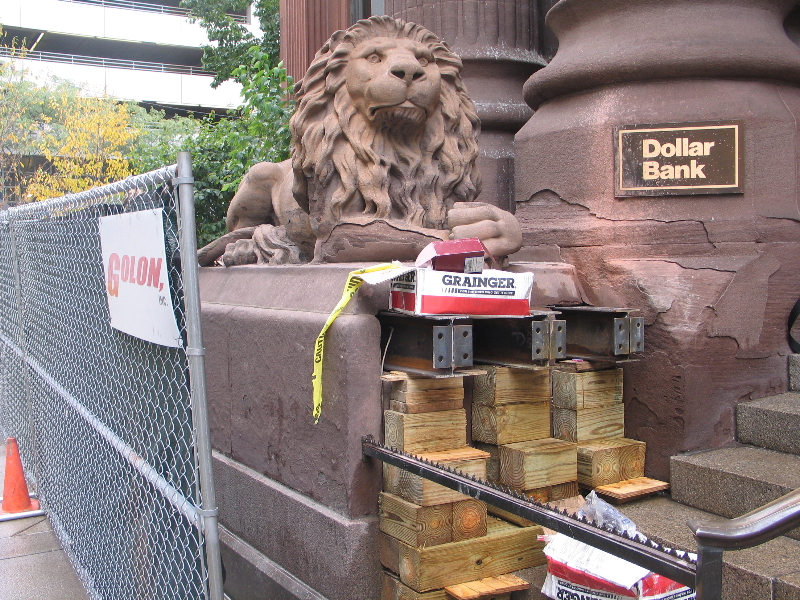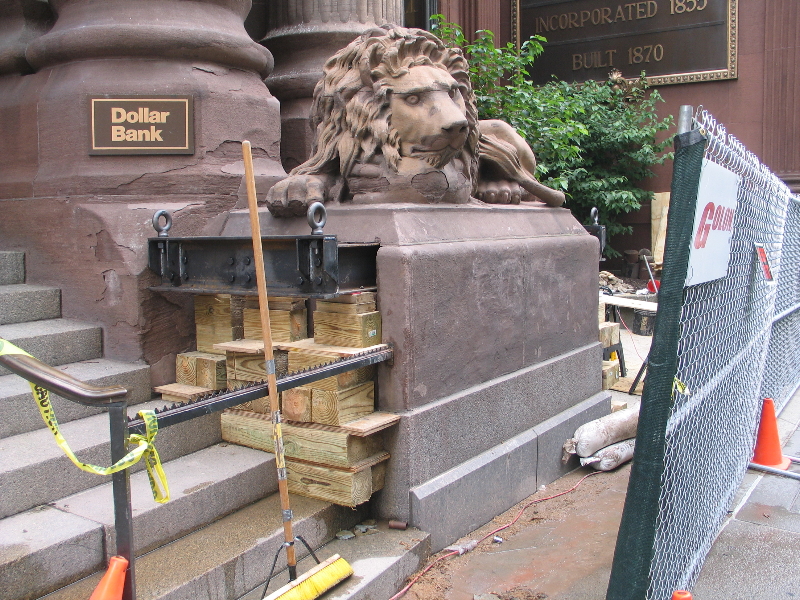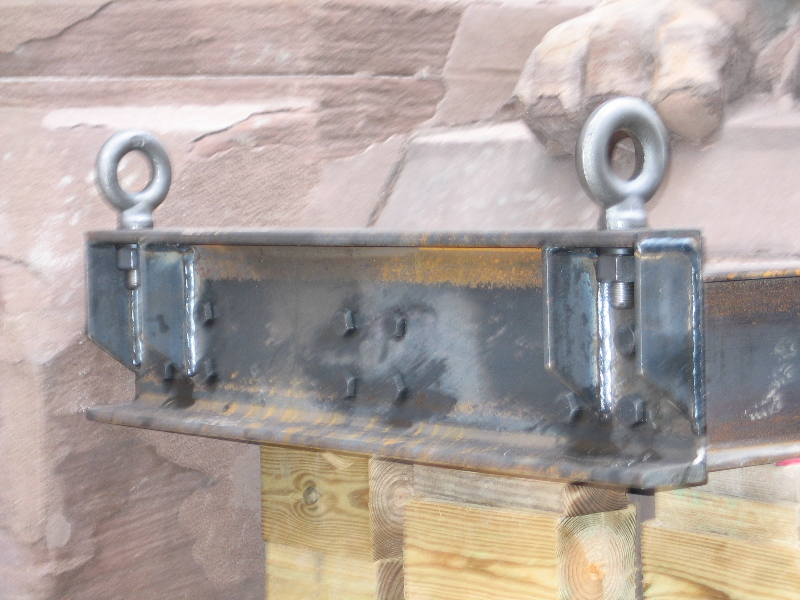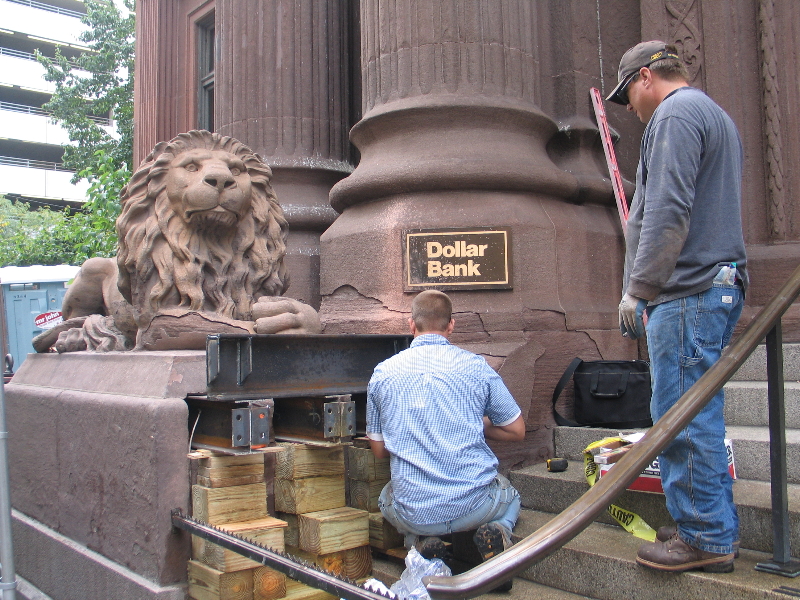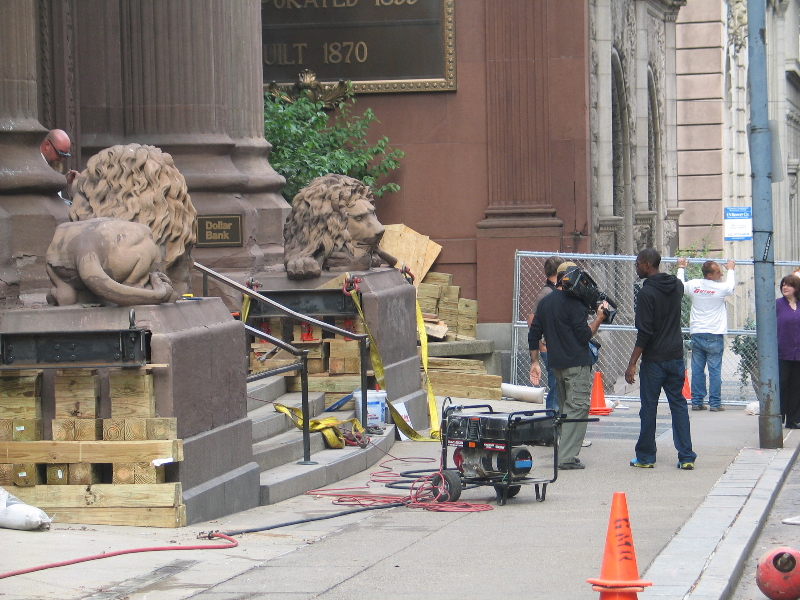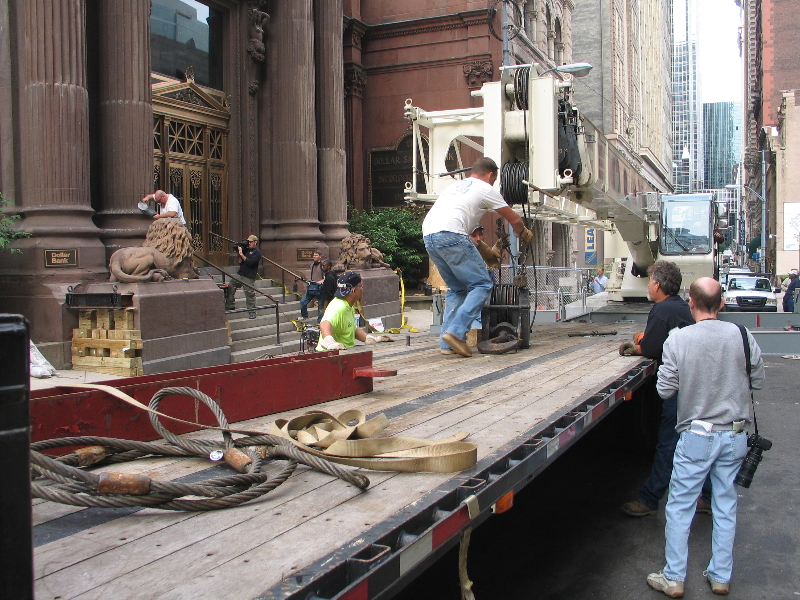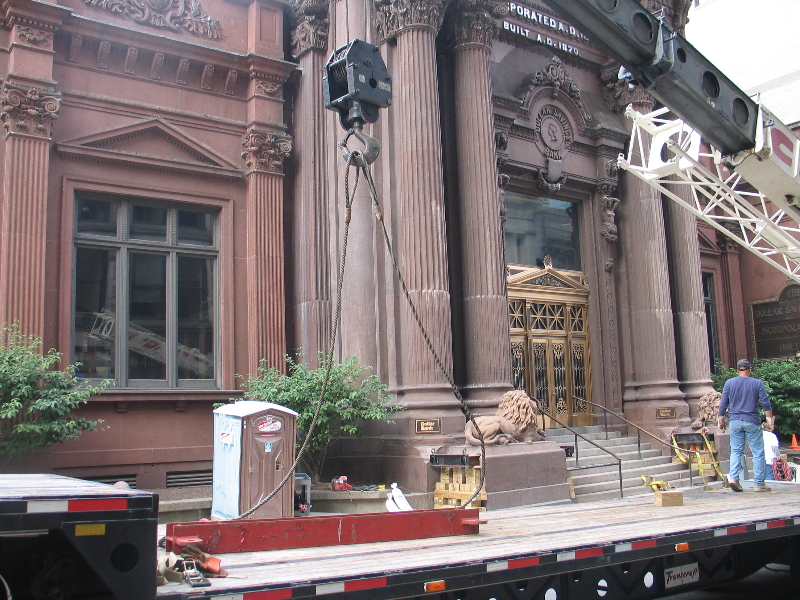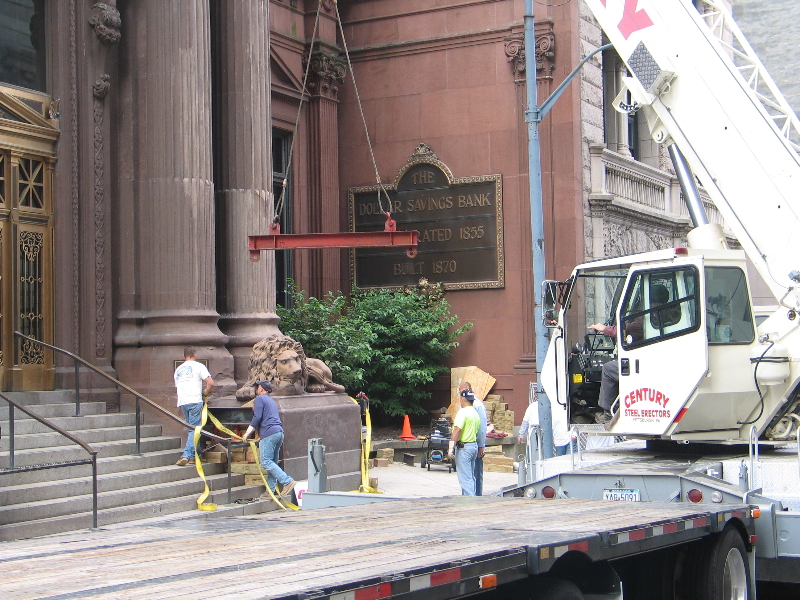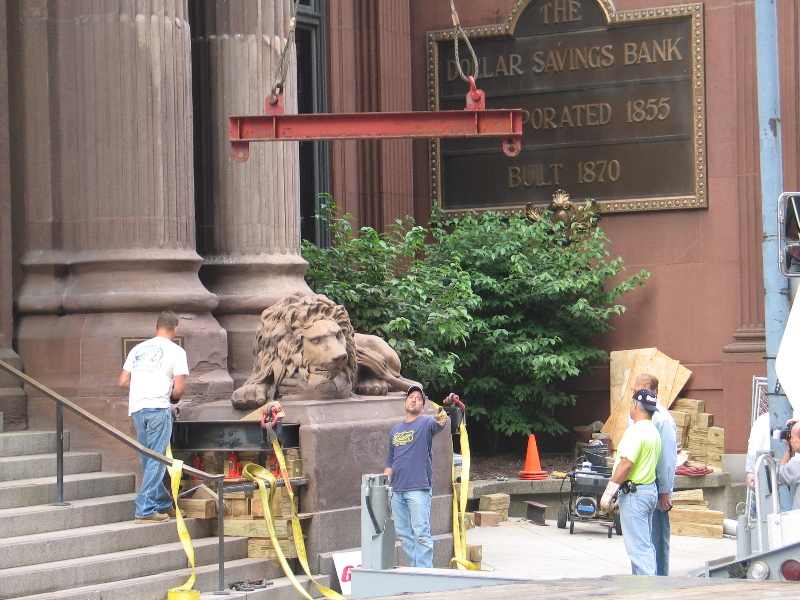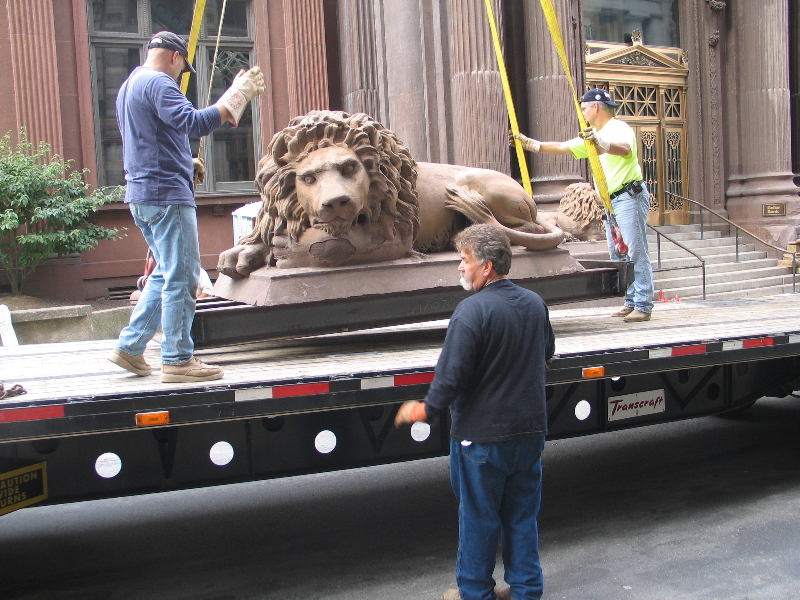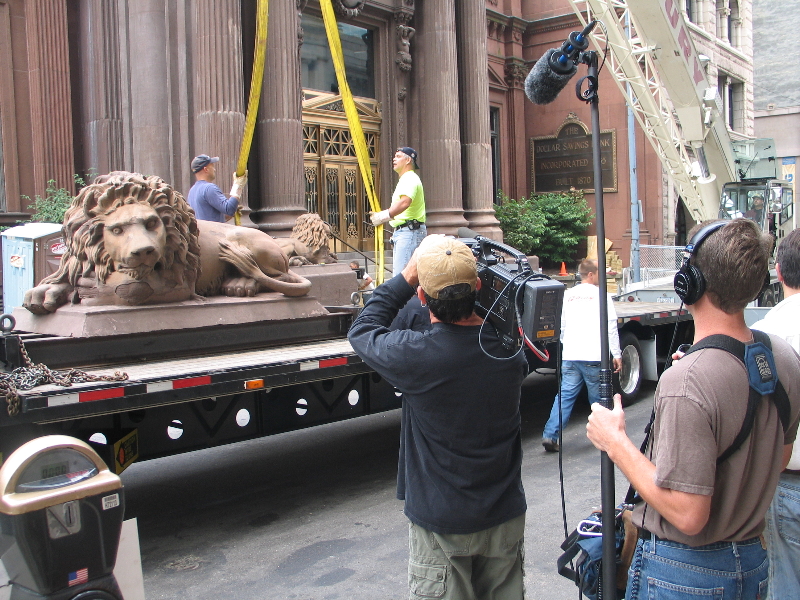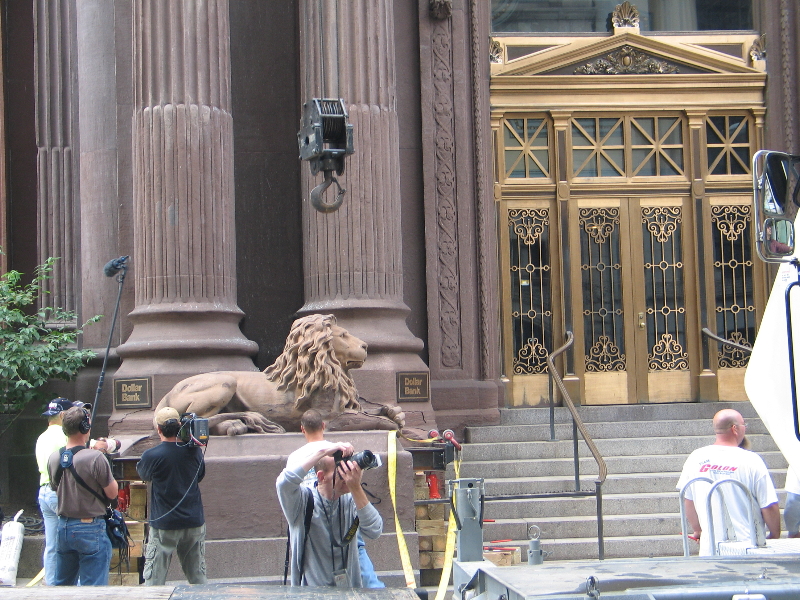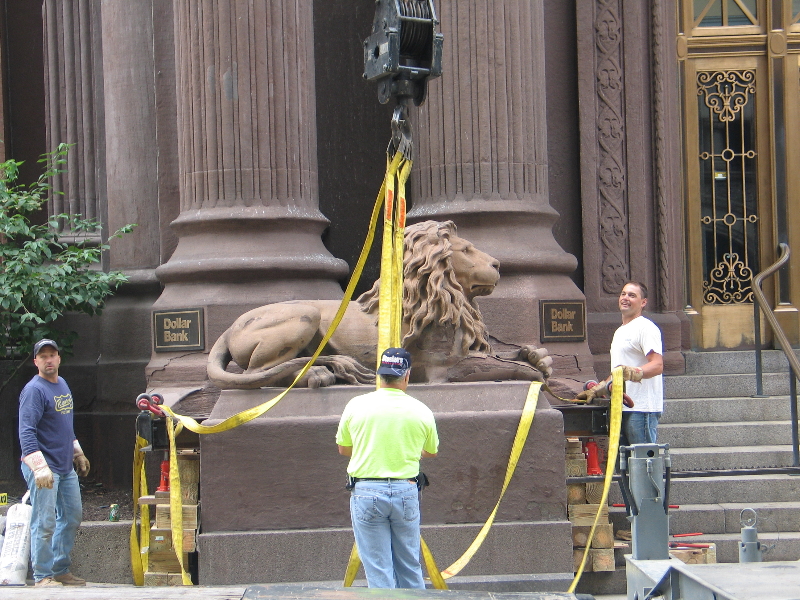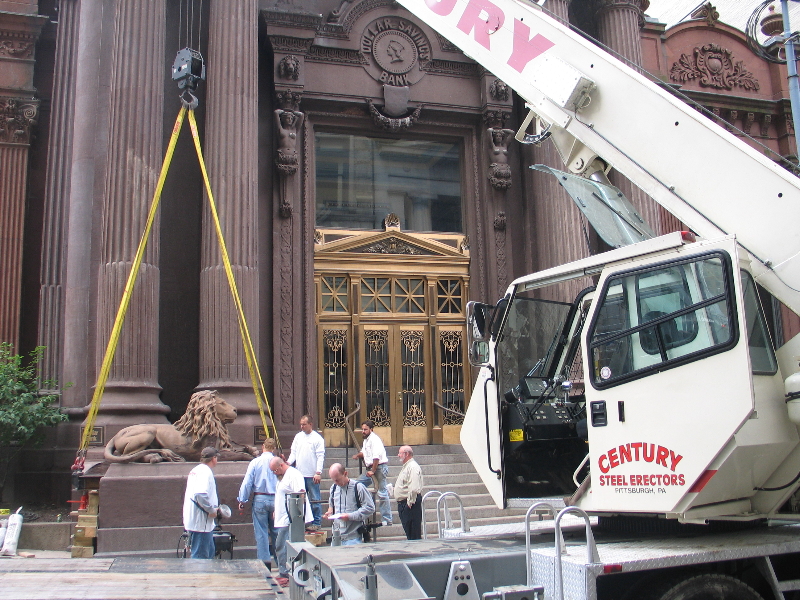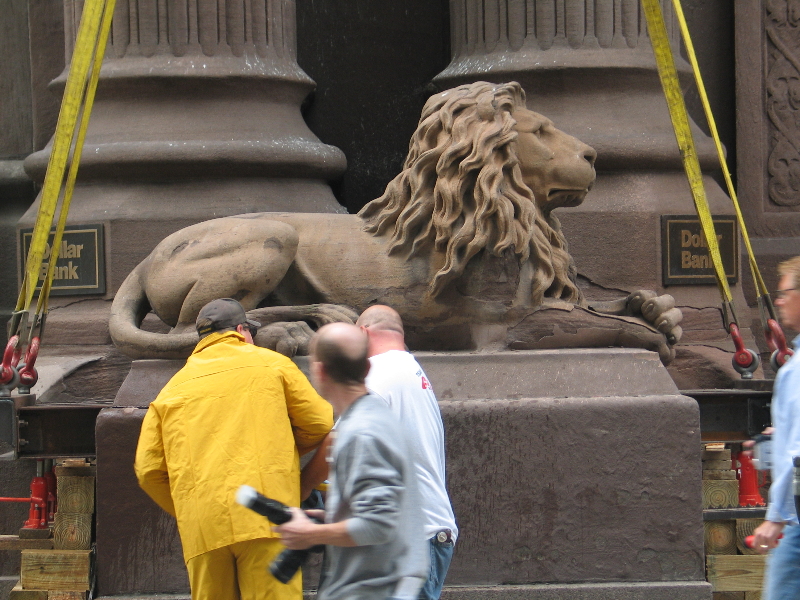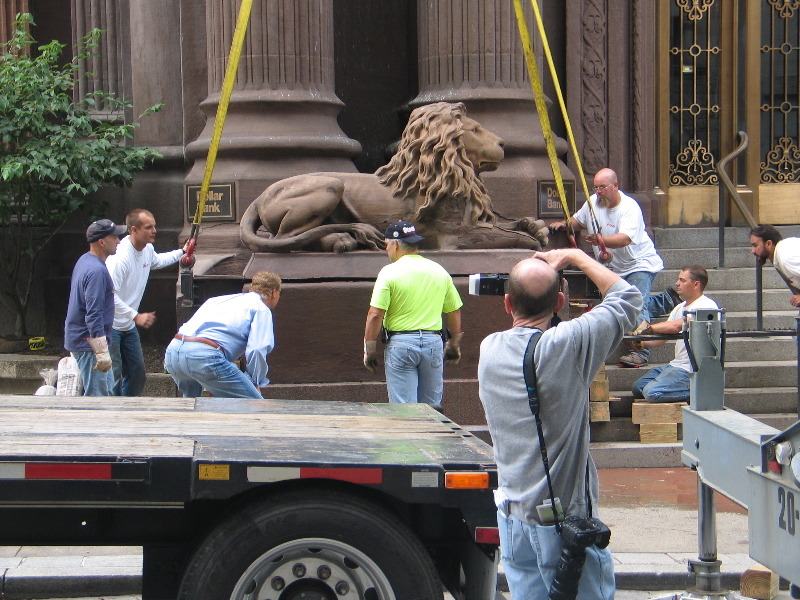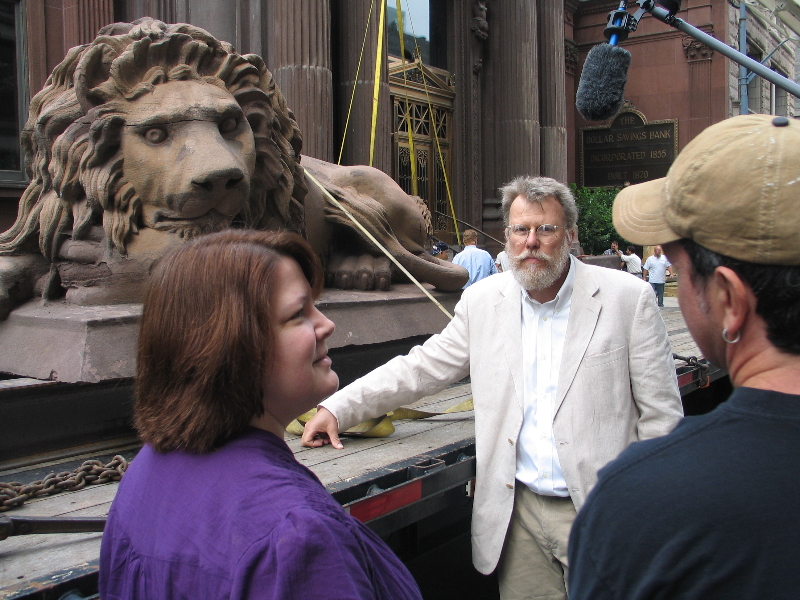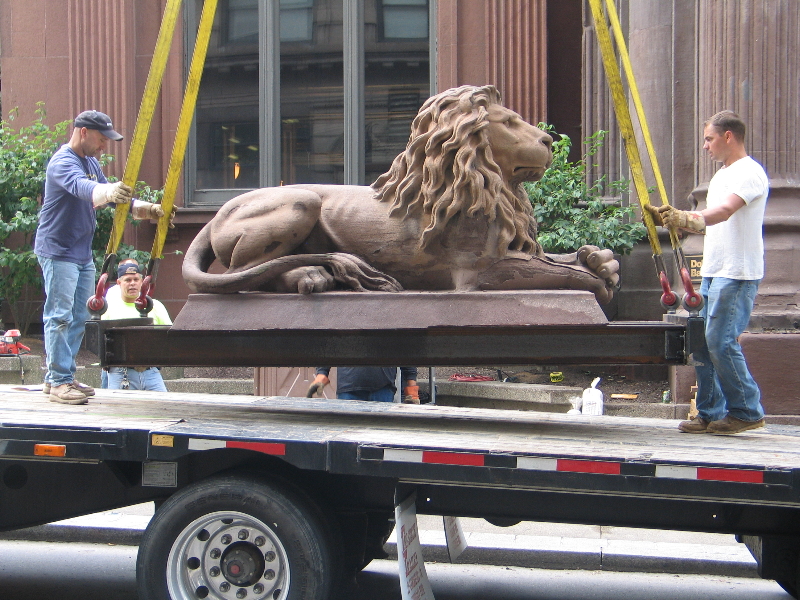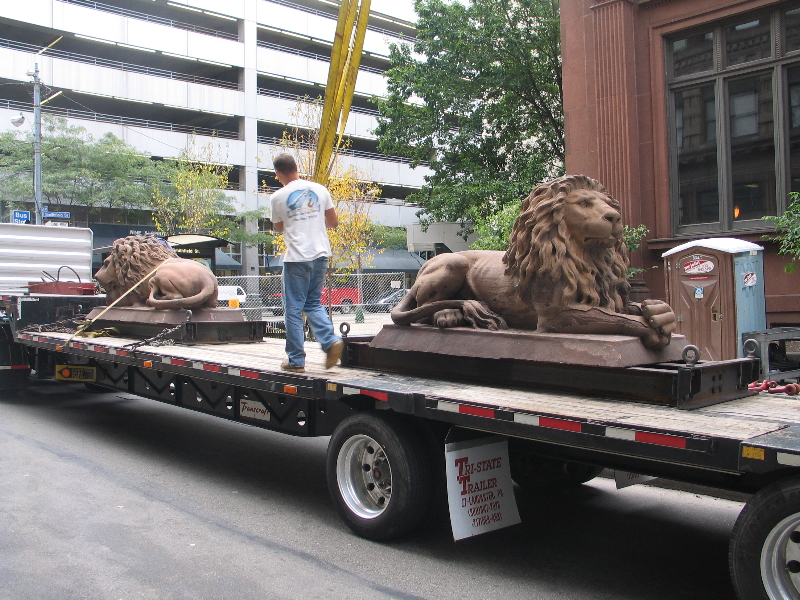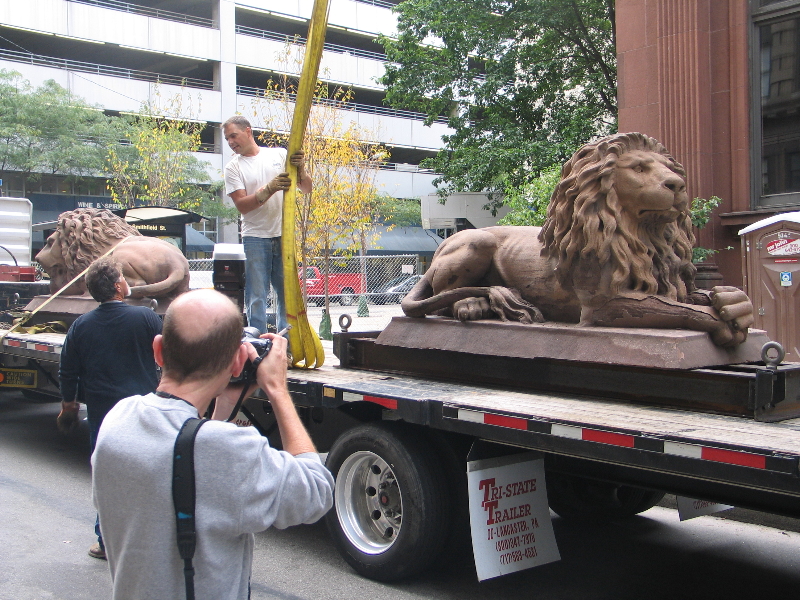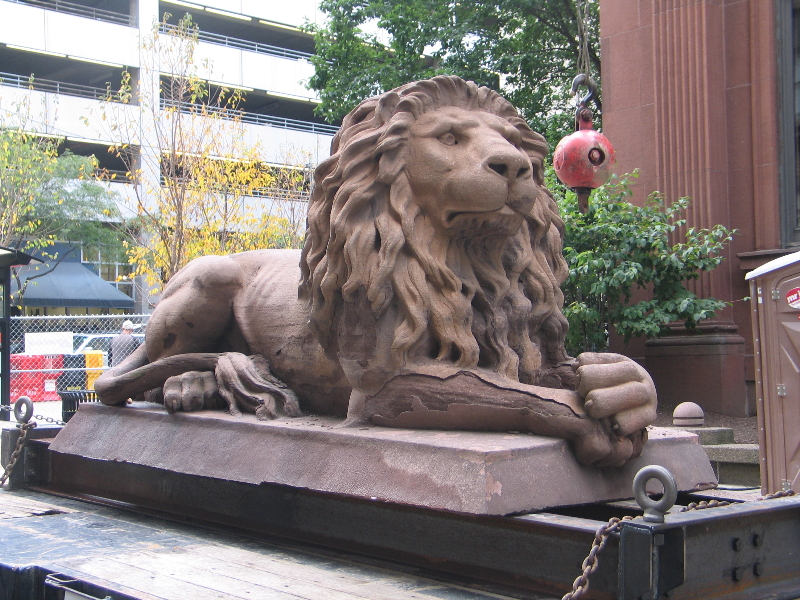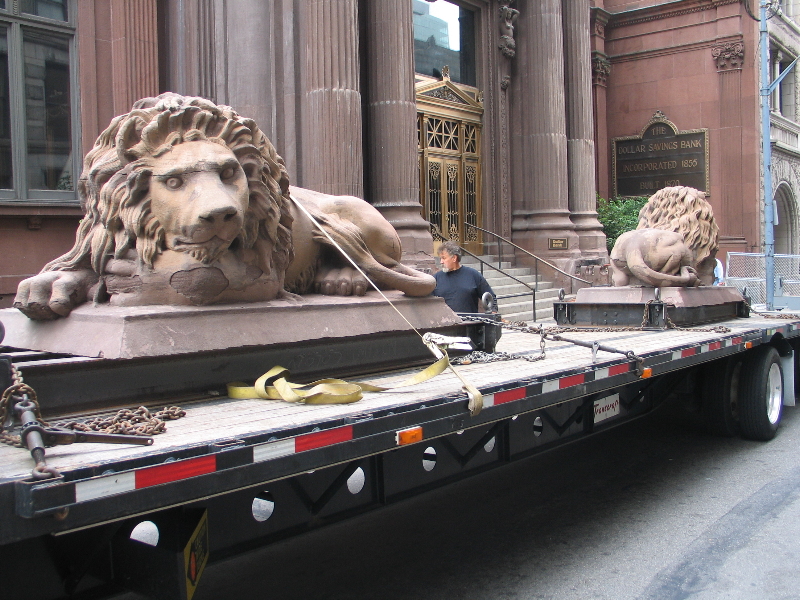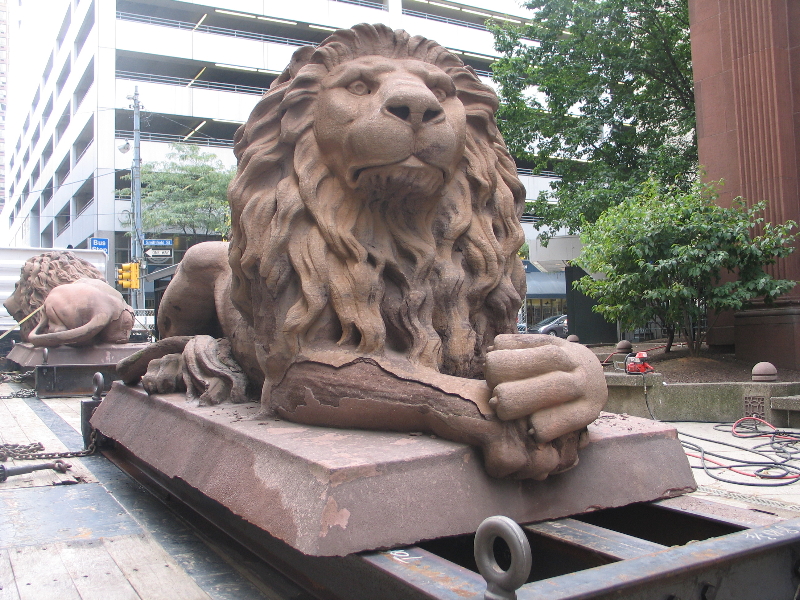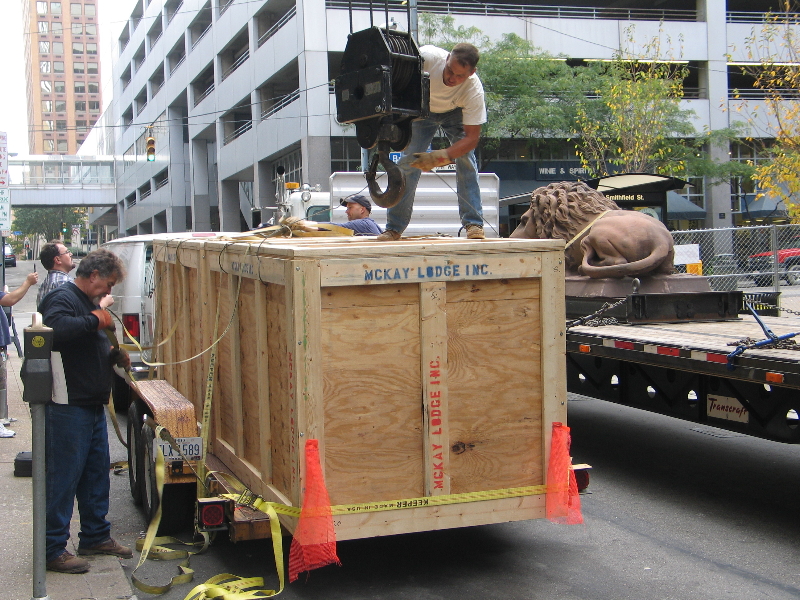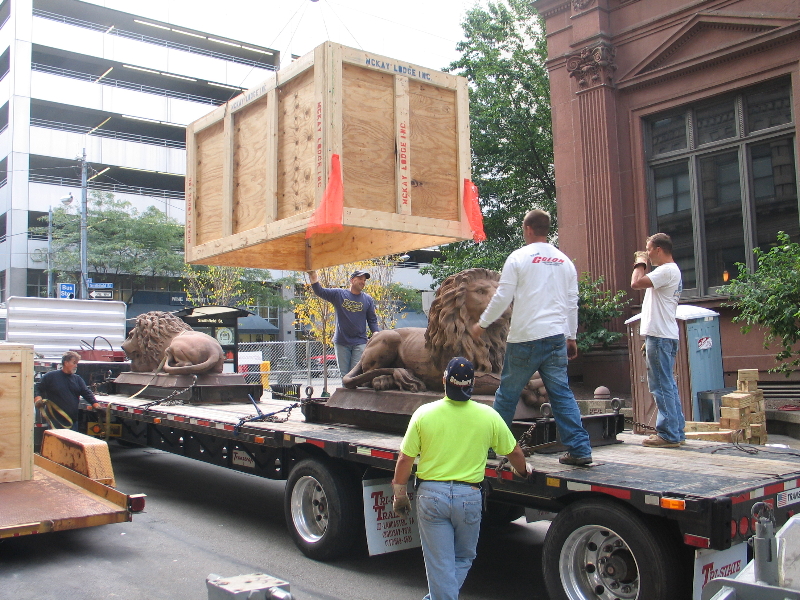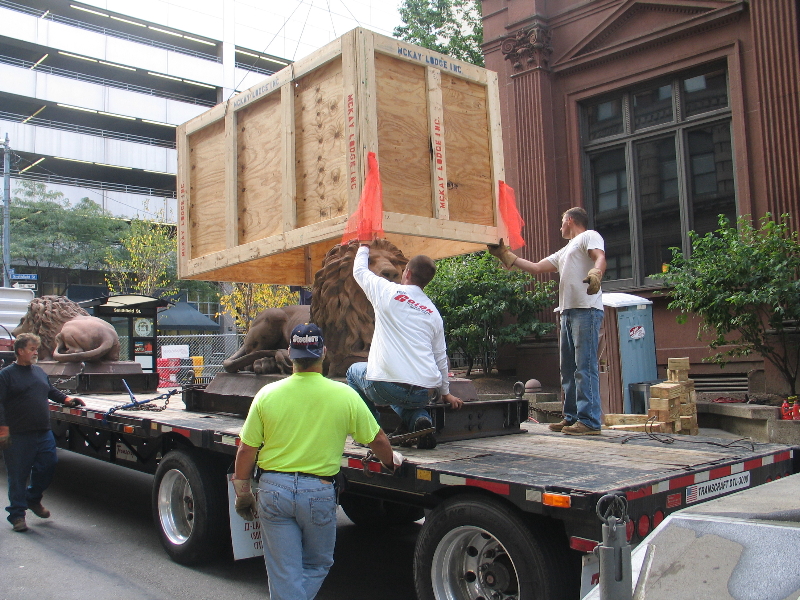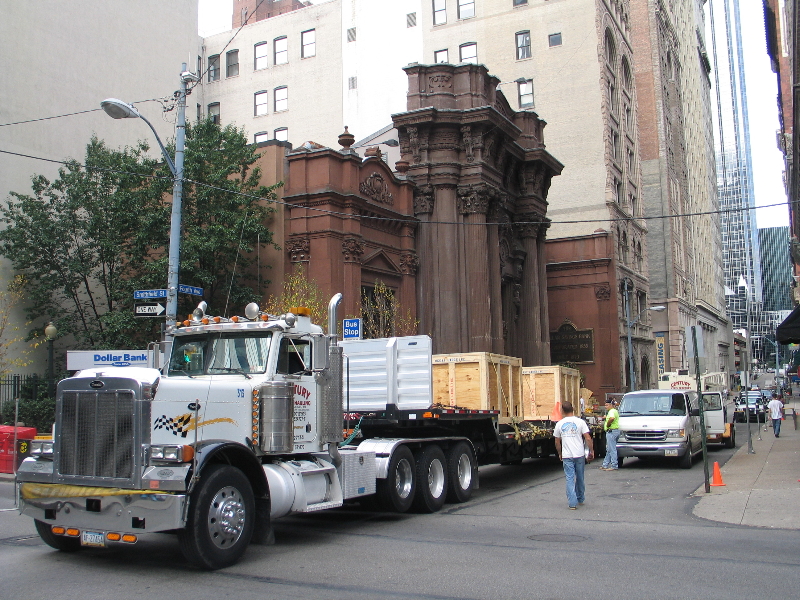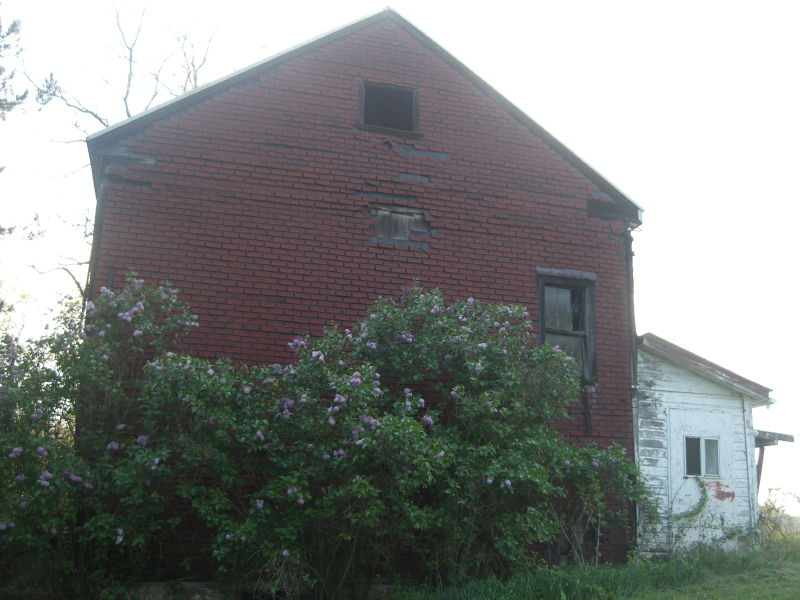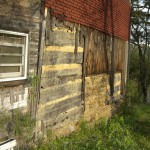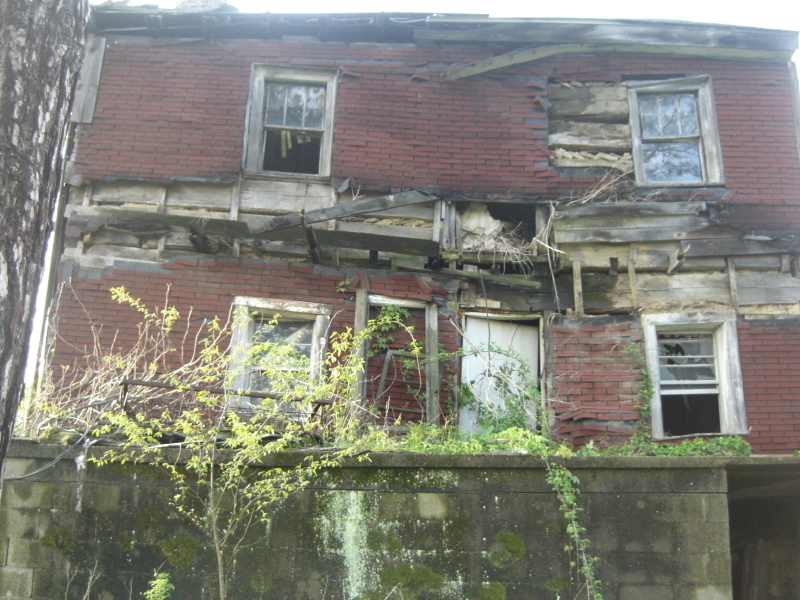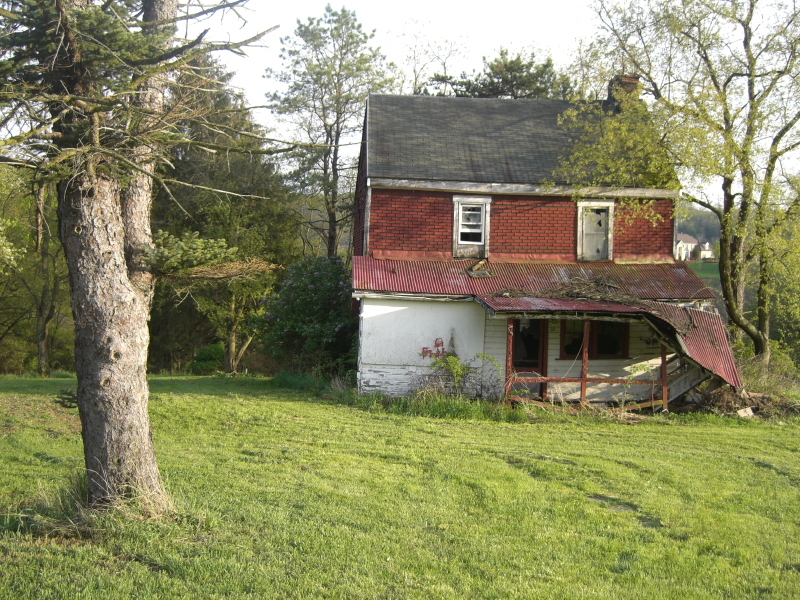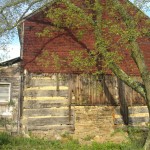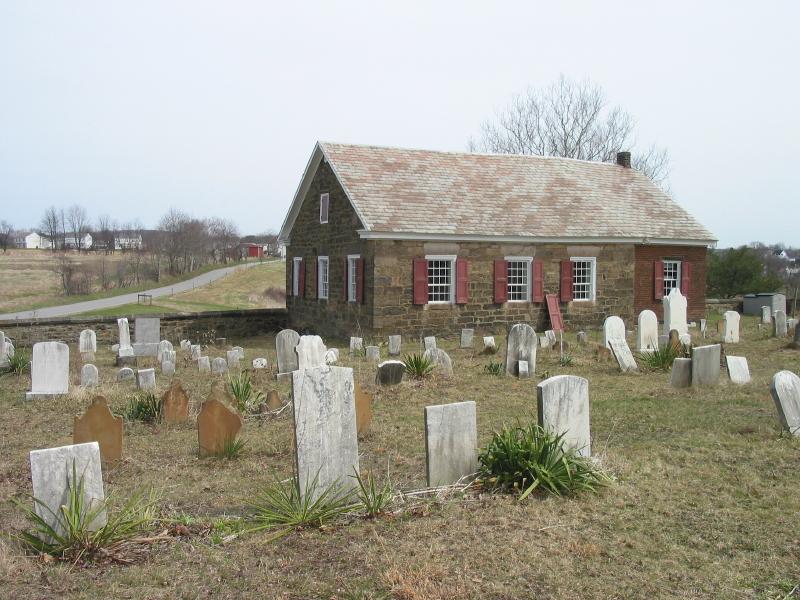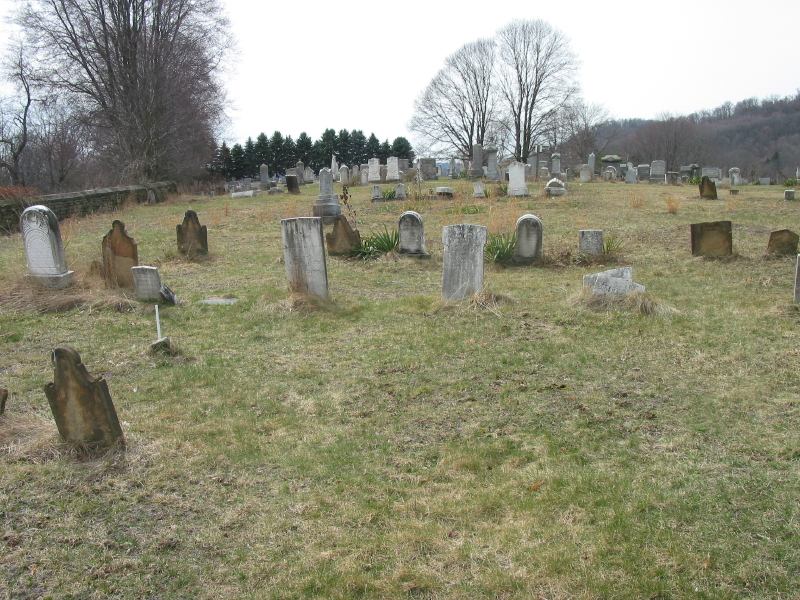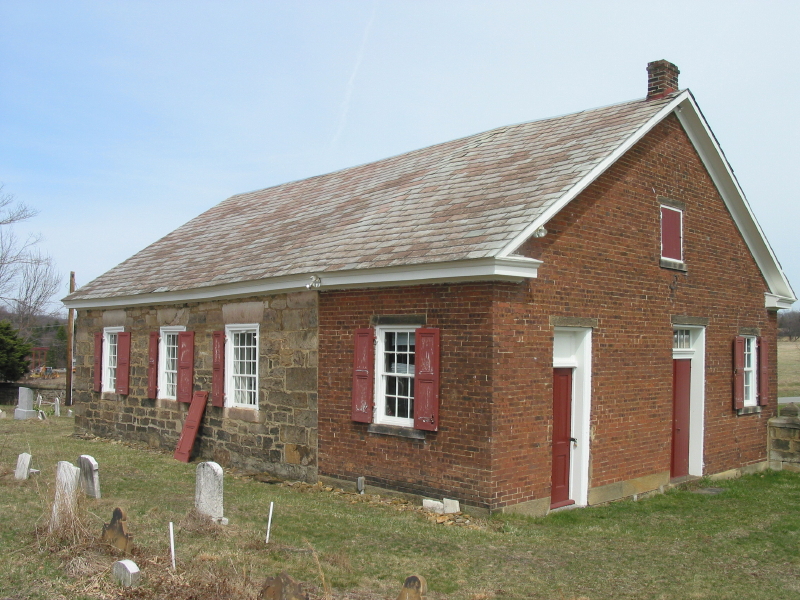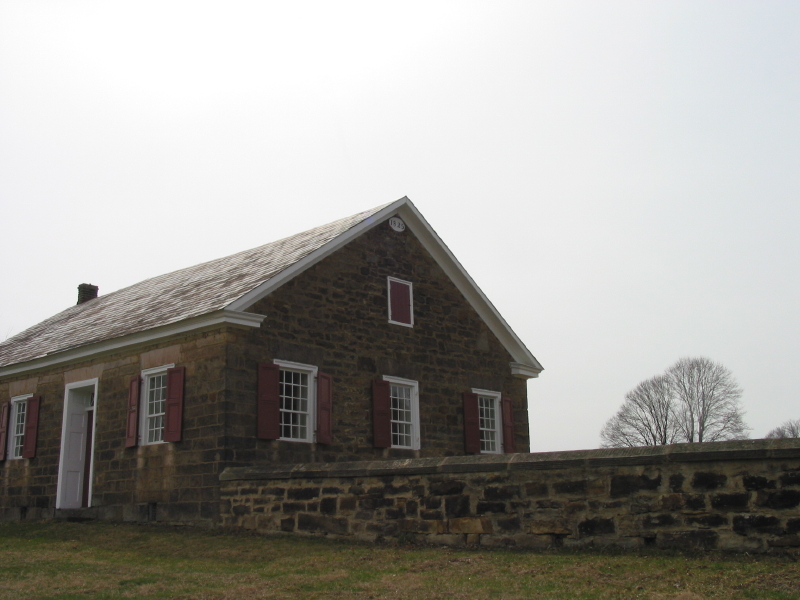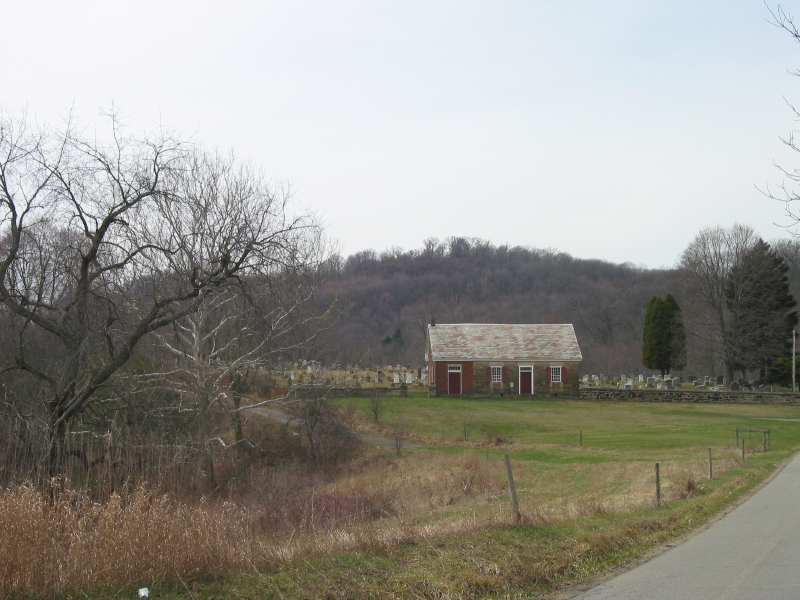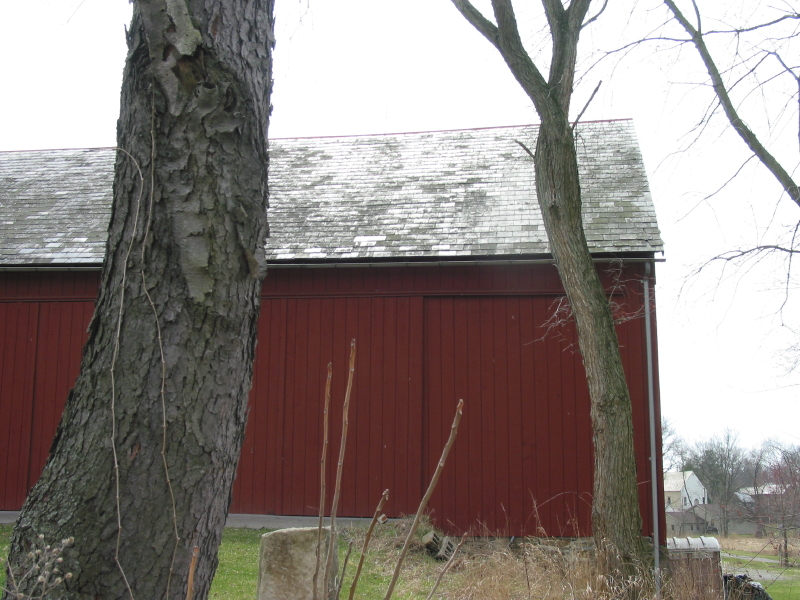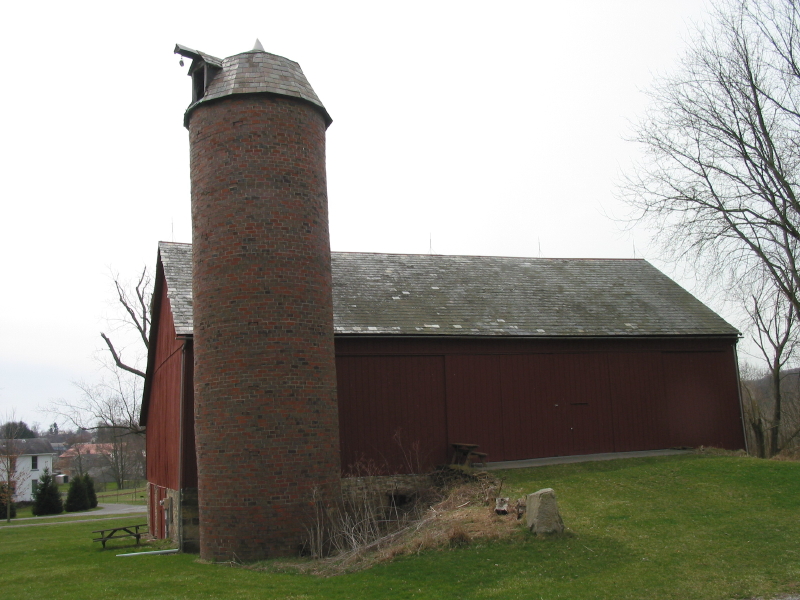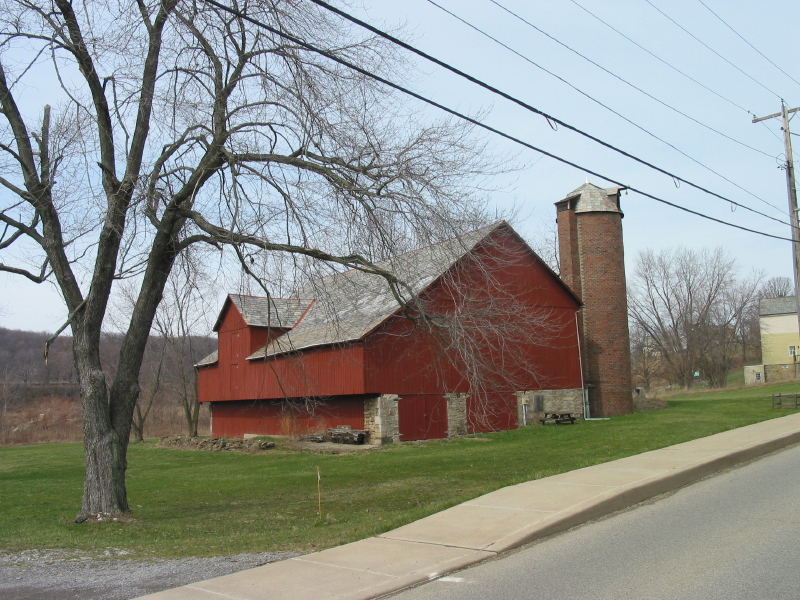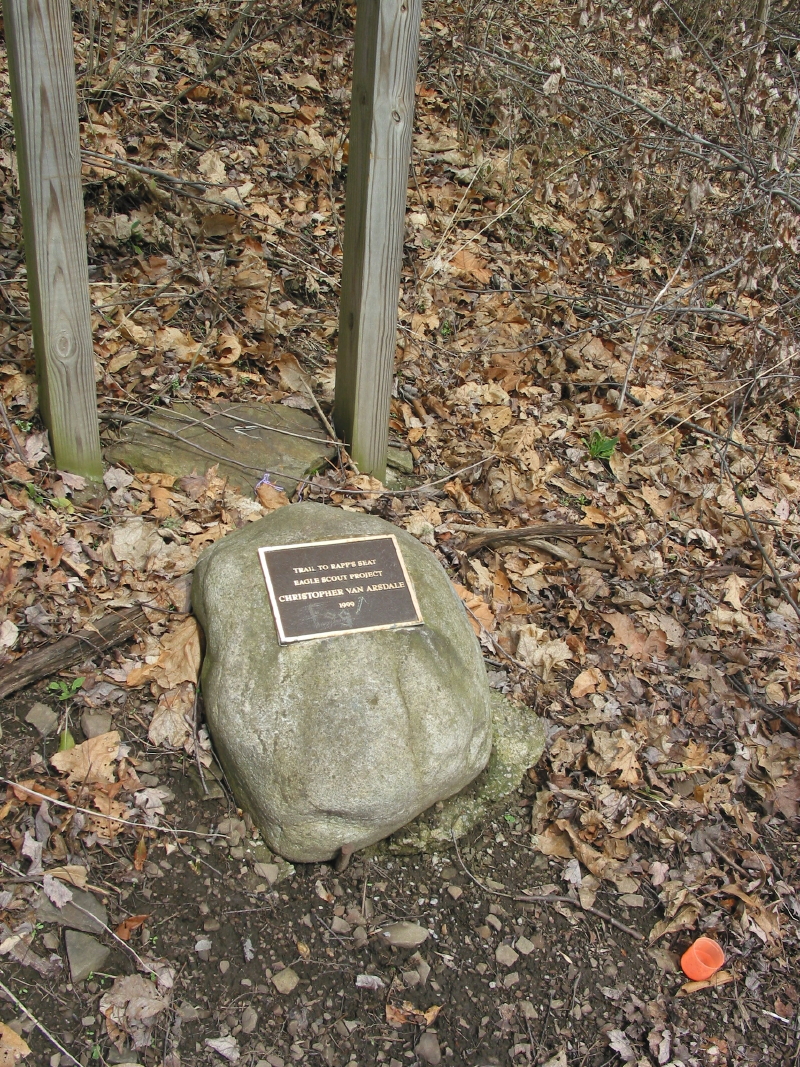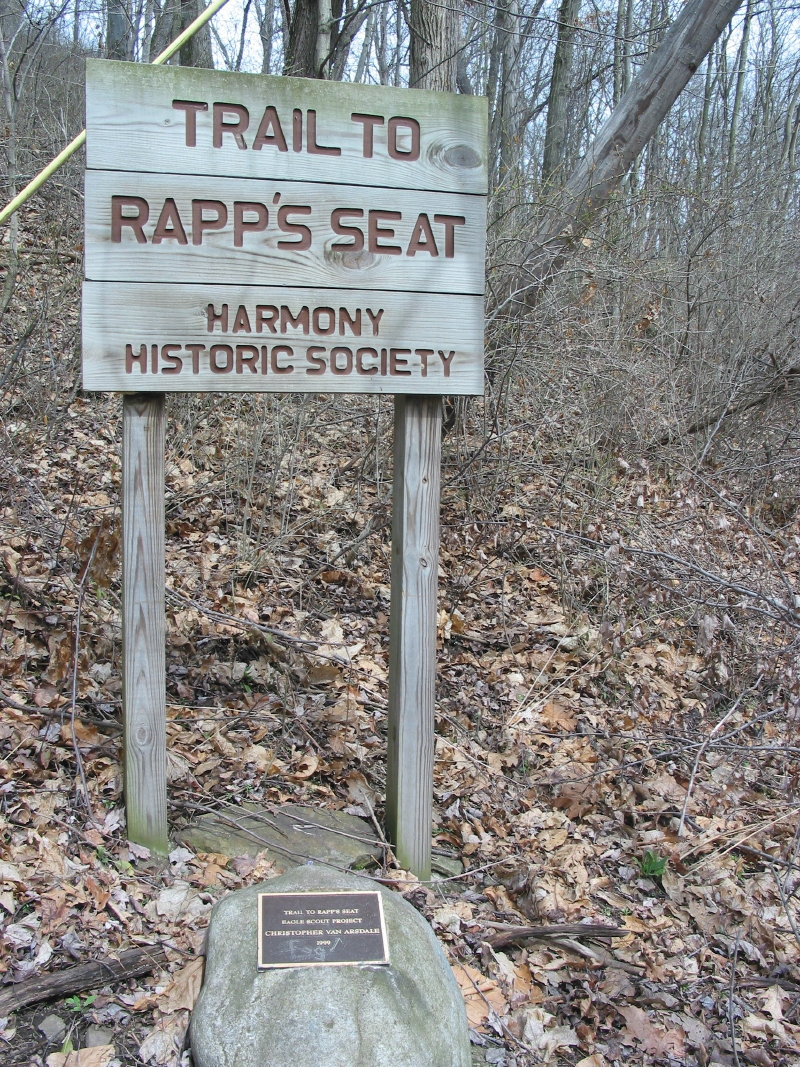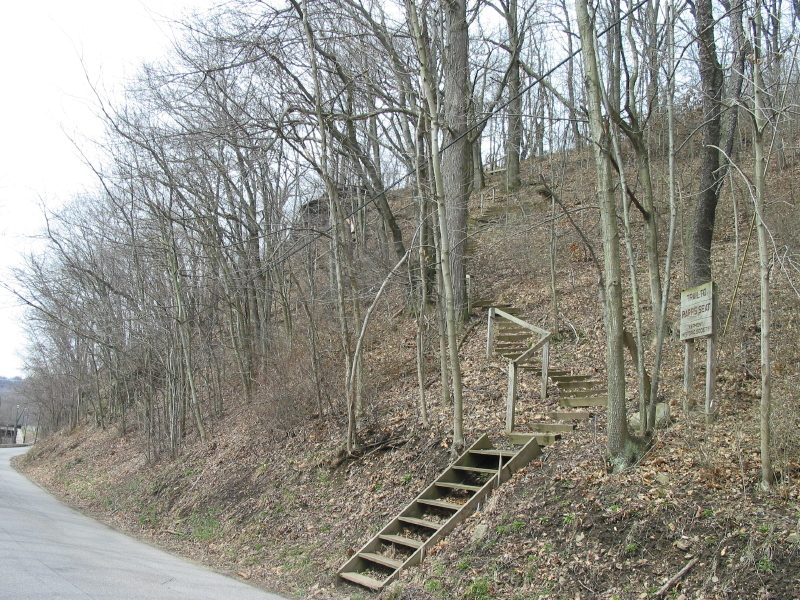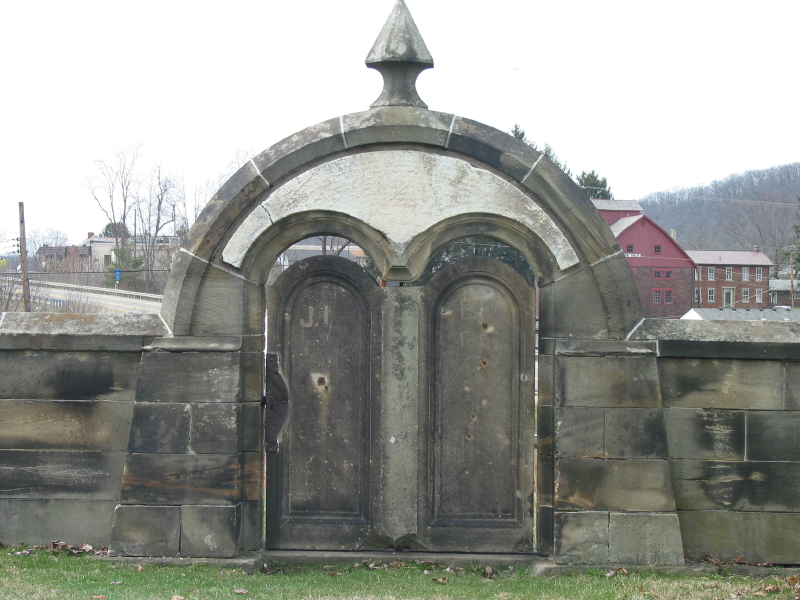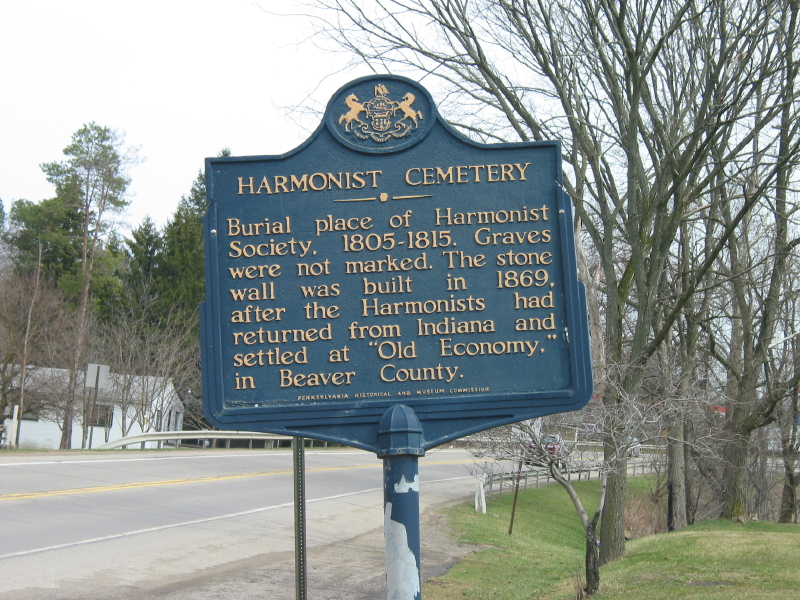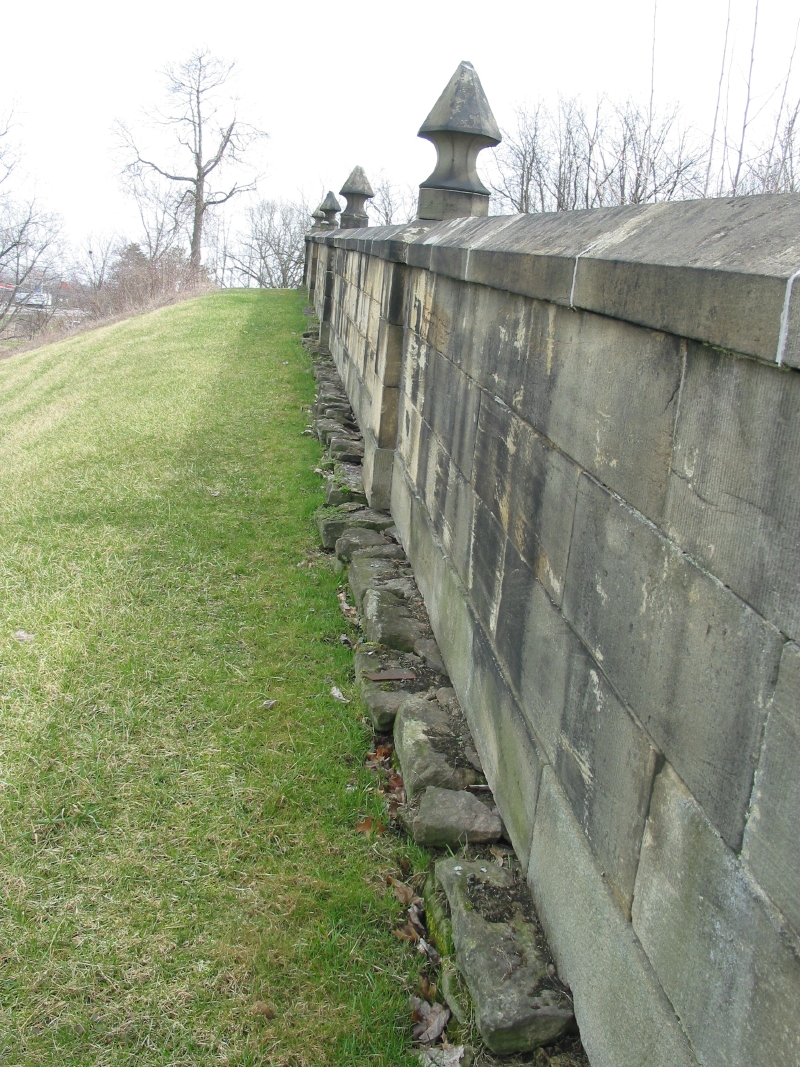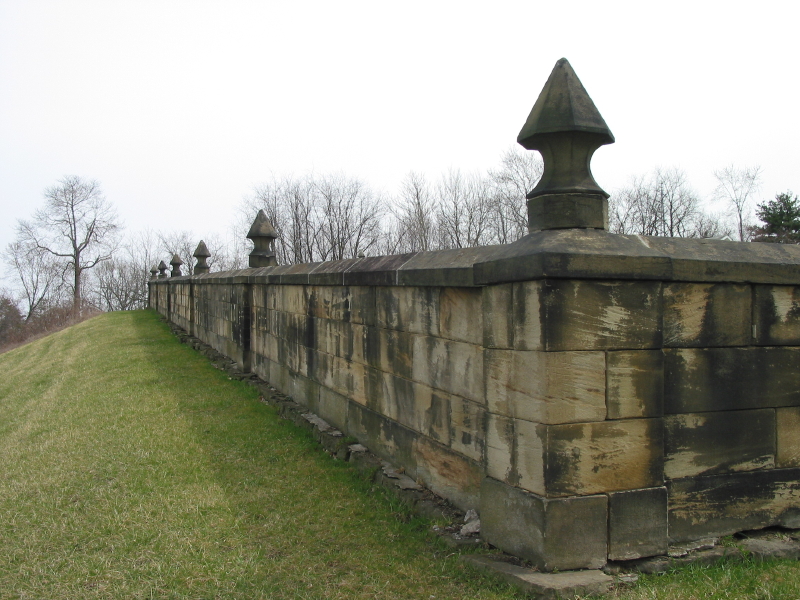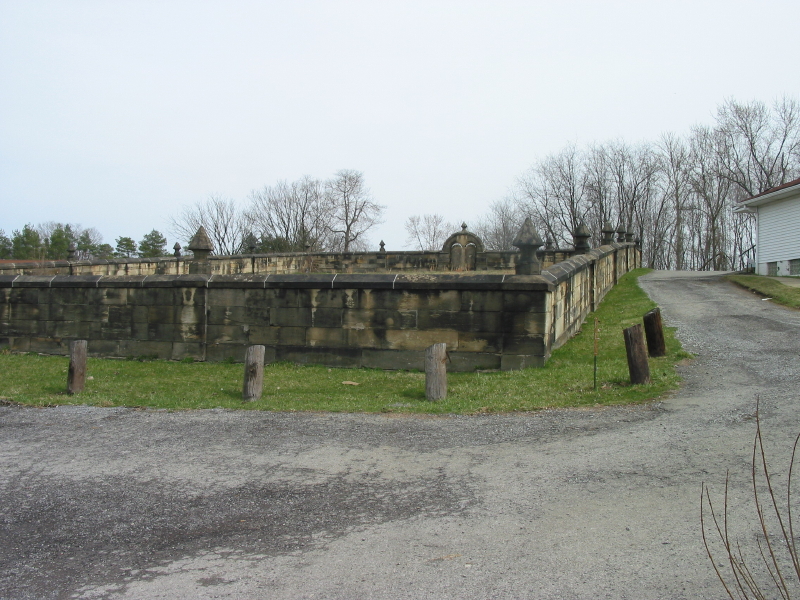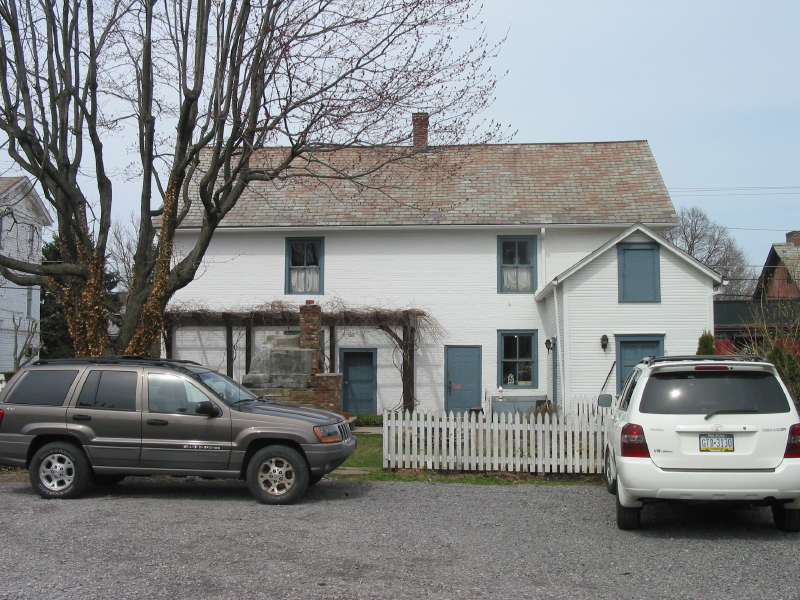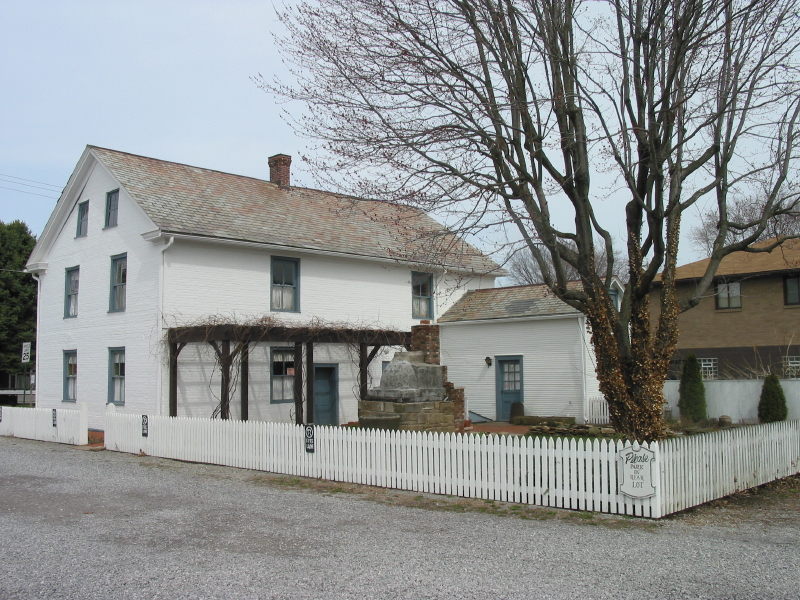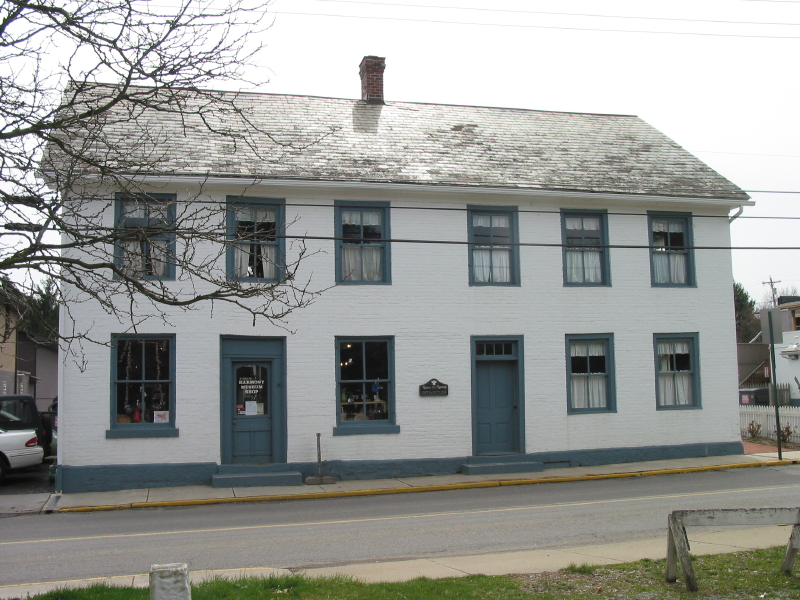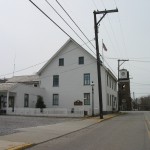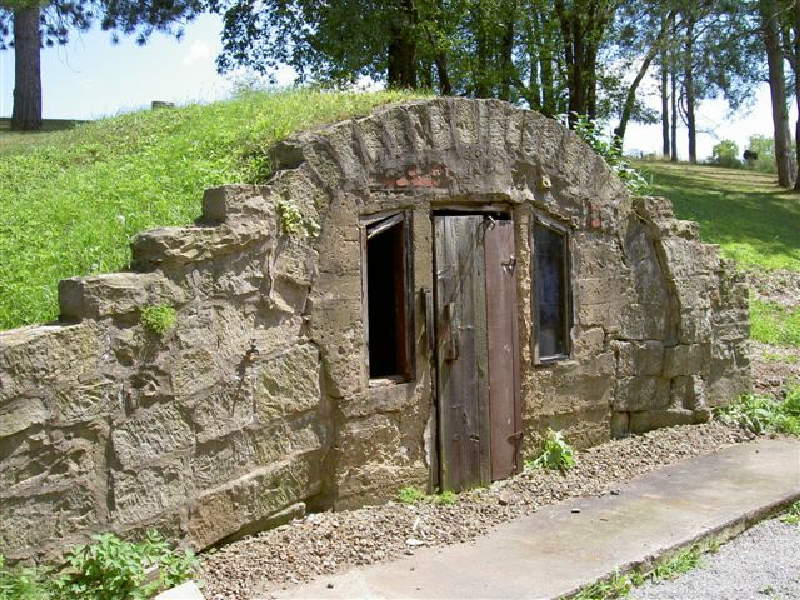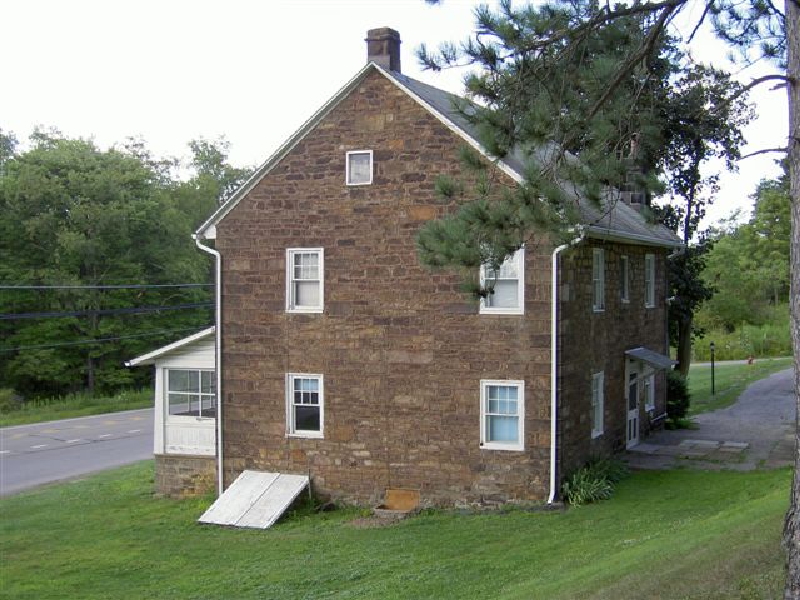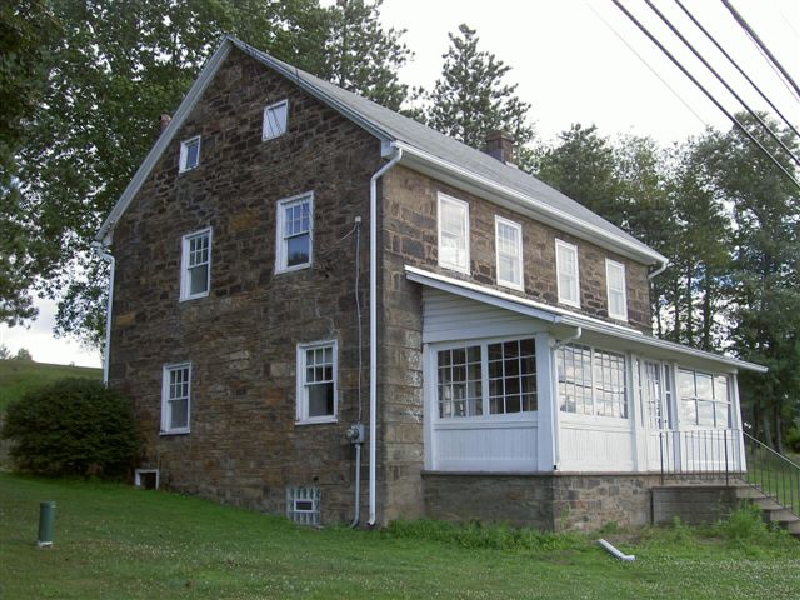
Category Archive: Historic Properties
-
Market at Fifth Shops Open
PHLF News
October 23, 2009Heinz Healey’s men’s store and Nettleton Shoes now occupy the retail space at Market at Fifth.
Their handsome stores opened in time for the G-20 and sales have been brisk.
We are receiving many compliments both on the appearance of the restoration of the buildings and on the quality interiors for these stores. Visit soon.
PHLF members should identify themselves to signify our support.
https://phlf.org/marketatfifth/
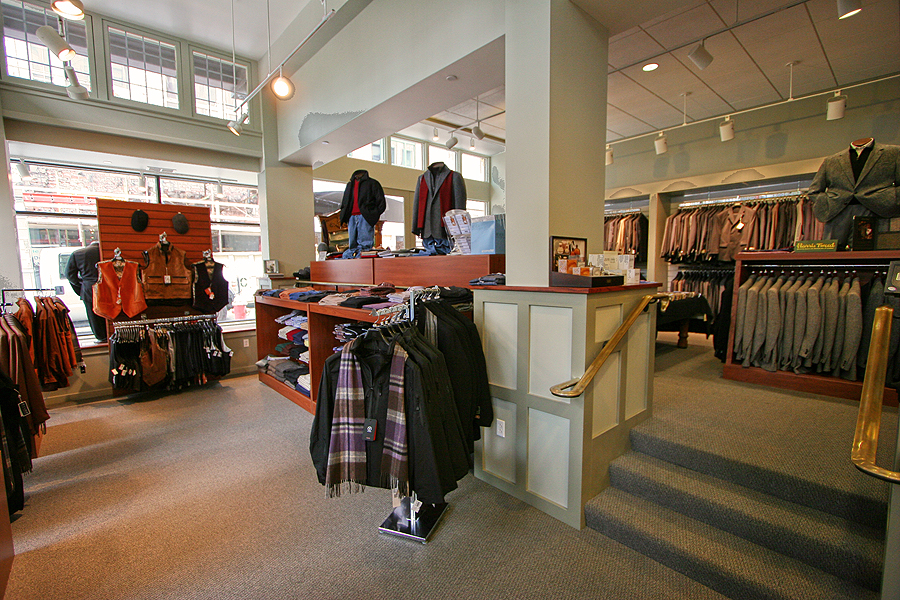
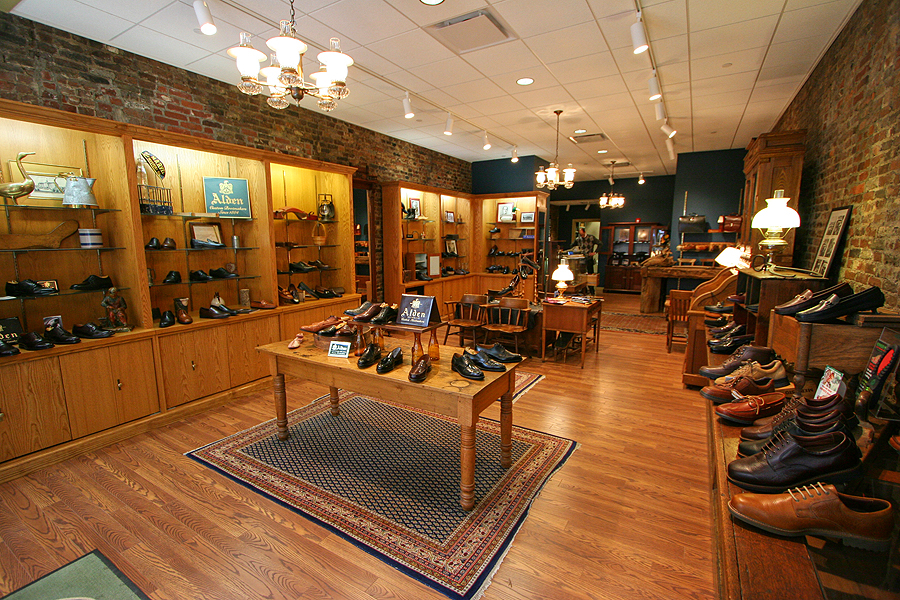
-
Historic Mann’s Hotel Demolished
PHLF News
October 12, 2009The historic Mann’s Hotel in McKees Rocks, Pennsylvania, located at 23 Singer Avenue was demolished in the early hours of October 10, 2009. The hotel was built in the early 1800s and functioned as a hostelry for many years.
The Mann family Ted and Karen Suslovic-Mann tried to continue the operation of the hotel, serving the traditional turtle soup to many loyal customers at lunch and dinner and wanted to develop it as a B & B, but the costs were too high. They tried valiantly for years and our president Arthur Ziegler met with them many times to see if a feasible plan could be developed. Catherine Baker Knoll, when she was Lieutenant Governor, also communicated with us a number times as she too struggled to save the hotel.
When its doom seemed to be sealed, Mike Shealey and others developed a plan to salvage what could be saved and to photo document the building as it was taken down, but surprisingly it vanished on October 10, 2009 demolished by the authorities in McKees Rocks in the early hours.
-
Dollar Bank Lions Moved, to Be Restored
by Louise Sturgess
PHLF News
September 12, 2009Dollar Bank Lions: Photos and Story
From about 8:15 a.m. to 10:30 a.m. on Saturday, September 12, 2009, PHLF Executive Director Louise Sturgess photographed the process of removing the 139-year-old Dollar Bank lions from their pedestals in front of the venerable Fourth Avenue and Smithfield Street bank in downtown Pittsburgh. Local companies Golon Masonry Restoration, Inc. and Century Steel Erectors did an excellent job in preparing, handling, and lifting the lions.
“We always point the lions out on our tours,” said Louise, “to many thousands of students and adults, so we wanted to document their removal. We have even designed a T-shirt, with Dollar Bank’s permission, featuring one of the lions guarding our Historic Landmark plaque. We give the T-shirt to students to wear on our downtown tours.”
PHLF has had several conversations with Dollar Bank over the past few years since the lions were showing extreme signs of deterioration. Many PHLF members expressed their concern to our staff over the deterioration of the lions. We commend Dollar Bank for putting together a plan that calls for both restoring the original lions and displaying them inside, in a protected environment––and making an exact replica of each lion for installation outside, on the original pedestals.
Where the Lions Have Gone
The two lions, each carved by Max Kohler in 1871 from a single block of Connecticut brownstone, were lifted by a crane, loaded onto a flatbed truck, and transported to McKay Lodge Conservation Laboratory, Inc. in Oberlin, Ohio. There they will be restored and returned to Pittsburgh in midyear 2010, and placed inside, in a yet-to-be-determined location. Since the original lions are works of art they will be displayed in a place where they will no longer be damaged by weather.
In addition to restoration of the original lions, two new lions will be replicated and installed on the pedestals at the Fourth Avenue building in 2010. Nicholas Fairplay of Fairplay Stonecarvers LLC, also in Oberlin, Ohio, is a European-trained artisan and master carver who will use digital imaging and computer modeling to produce two new lions, each of matching uniform color. The stone itself will come from a quarry in China, since it was determined through a world-wide search that stone from that quarry most closely matches the original brownstone.
PHLF Co-founder Describes the Lions Best
Since the lions will be gone for a year, our members and friends might take comfort in revisiting Jamie Van Trump’s essay, “Lions in the Streets: A Sculptural Hunting Party in Pittsburgh,” from Life and Architecture in Pittsburgh, published by PHLF in 1983. Jamie Van Trump (1908-1995) was a co-founder of PHLF and its architectural historian:
“The financial district of Pittsburgh has, in fact, a not unsurprising affinity for lion sculpture, and one can go hunting with profit in the space of three or four blocks on Fourth Avenue. The lords of this commercial veldt are the two great couched animals in brownstone to the left and right of the portal of the Dollar Savings Bank (1869-71), whose architect was the Philadelphian Isaac Hobbs, but whose sculpture was done by Max Kohler, a skillful stonecarver of the period. Beneath the Hellenistic cornices, the Baalbek shadows of the looming façade, these heavy representatives of financial probity gaze, like Newfoundland dogs, at the passer-by with a stern domestic majesty. There is no doubt that these hearth-rug champions are the Noble Animals so dear to Victorian sentimentality. Despite their tameness and their bathos, however, they are, perhaps, the Pittsburgh lions that one loves best; they have a gemütlich dignity, a cozy grandeur that is entirely charming. They remind us, somehow, of rich elderly uncles who might, possibly, remember us in their wills.”
-
Crescent Apartments Receives Financing From State
by Michael Sriprasert
PHLF News
August 5, 2009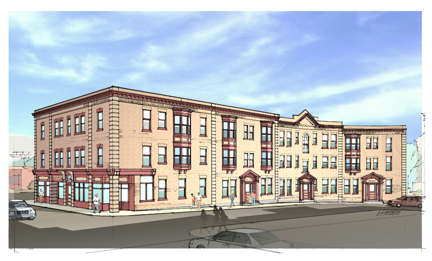 The Pennsylvania Housing Finance Agency recently awarded PHLF tax credits for the Crescent Apartments project, a 27-unit restoration development of two historic structures in the Hamnett Place neighborhood of Wilkinsburg.
The Pennsylvania Housing Finance Agency recently awarded PHLF tax credits for the Crescent Apartments project, a 27-unit restoration development of two historic structures in the Hamnett Place neighborhood of Wilkinsburg.This $9 million dollar project will be the largest to date in Wilkinsburg, and will have a transformative effect on Hamnett Place, which is soon to be listed on the National Register of Historic Places.
The Crescent and Wilson House will have a community room, a computer facility, and all units will be hard wired for high speed internet. Social services will be provided by Hosanna House both on and off-site.
The Crescent Apartments is adjacent to the Housing Resource Center (HRC) and the housing restoration work ongoing in the area, all of which are PHLF initiatives. It will also contain a field office for LCCC.
The HRC and housing restoration, in addition to the Crescent, will bring PHLF’s investment to over $11 million dollars in Wilkinsburg. Sota Construction is the general contractor of the Crescent project, Landmarks Design Associates is the architect, and NDC Real Estate Management is the management agent.
-
Neighborhood & Main Street Properties Available
Pittsburgh History & Landmarks Foundation
Main Street Properties for Sale & Lease: Click Here
Market at Fifth: Apartments & Retail Space in Pittsburgh’s Historic Downtown
From time to time, PHLF lists other properties for sale and lease. These listings can be found here when they are available.
——————————————————————————————————————-
Links Provided For Your Convenience, does not imply endorsement.
City of Pittsburgh Properties For Sale
The City of Pittsburgh, in an effort to reduce the number of vacant or abandoned properties, has created sources that offers a menu of properties for sale. Many of these properties are in Pittsburgh’s most historic neighborhoods.
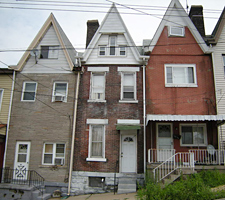
The Real Estate Division of the Department of Finance and the Urban Redevelopment Authority accepts inquiries from the general public for purchase of those properties.
Properties for Sale
Court Auction Sales
Sealed Bid Sales
Side Yard Sales
Vacant Lots for Sale
-
Log Cabin Seeks Good Home
by Jack Miller
PHLF News
May 15, 2009A two-story log cabin that may date to the early 1800’s has been discovered within another structure in North Fayette Township near the Pittsburgh International Airport.
While the building appears to have no architectural or historic significance, rather than demolish it, the owner is willing to give it to anyone willing to remove it from the site at his/her own expense. For more information, please call Jamie at 412-860-4274 by June 15th.
-
Historic Harmony Donates Preservation Easements – Eight Properties Under Protection
By Jack Miller
PHLF News
April 20, 2009The Pittsburgh History & Landmarks Foundation (PHLF) has announced that Historic Harmony (HH) has donated preservation easements to PHLF that will ensure the preservation of eight historic HH properties located in Butler County.
All of the protected properties are in Harmony Borough or Jackson Township in the faster growing areas of Butler County according to recent census statistics.
Three of the protected properties, the main Harmony Museum Building at 218 Mercer Street (1809, with 1816 addition), the Wagner House museum annex at 222 Mercer Street (c. 1807 -1812), and the Harmony Society Cemetery at 831 Edmond Street (1805 – 1815) are within the Harmony National Historic Landmark District. The Harmony Society-Ziegler-Wise Barn at 303 Mercer Road (1805, with c. 1850 modification) is eligible for listing in the National Register of Historic Places.
The Vineyard Hill, with George Rapp’s Seat carved into a rock outcrop at 1 Evergreen Mill Road, the likely Harmony Society log house museum annex at 245 Mercer Street, the Mennonite Meetinghouse & Cemetery at 114 Wise Road (1825 and 1815, respectively) and Bishop John Boyer’s House at 295 Perry Highway (1816) are architecturally or otherwise significant historic properties.
A preservation easement is a voluntary legal agreement made between a property owner and an authorized preservation organization to preserve an historic site in perpetuity and recorded as such with the property’s deed.
While granting a preservation easement on a historic property limits what an owner may do with that property, granting the easement provides several benefits. The first and most obvious is that the property owner has protected the historic property in perpetuity from destruction, inappropriate alteration, or development. Another is that an individual or corporate easement donor may be entitled to claim a federal income tax charitable contribution deduction equal to the value of the preservation easement if certain conditions are met.
For example, without the charitable deduction and federal tax credits associated with the restoration of historic properties, projects like the Bedford Springs Resort, Heinz Lofts and the Armstrong Cork Factory Apartments might have never have been developed.
Under terms of its easements, HH will continue to be responsible for the maintenance, upkeep and presentation of its protected properties, and PHLF will be responsible for monitoring the properties in perpetuity to assure compliance with conditions of the easements. No changes can be made to the exterior of any of the sites without PHLF’s prior approval and any changes would have to conform to the Secretary of the Interior’s Standards for Rehabilitation. These requirements will also apply to the Bishop Boyer House, which has always been a private residence and was sold by HH to a private party on the third of April.
“Historic Harmony and PHLF are to be roundly commended for working together to create such a progressive and thoughtful preservation strategy for these significant properties,” said Bill Callahan, the Pennsylvania Historical & Museum Commission’s Bureau for Historic Preservation Western Pennsylvania representative. “What they have accomplished here may well be looked upon nationally as a model for many preservation organizations.”
HH President John Ruch noted that “Harmony was the first home of the communal Harmony Society of German Lutheran Separatists, which founded Harmony in 1804 and organized formally as a Christian communal society in early 1805. George Rapp (1757 – 1847) was its founder and spiritual and organizational head. Designation in 1974 as Western Pennsylvania’s first National Historic Landmark District was recognition of Harmony’s significance in development of the nation’s heritage and culture as the Society’s founding home.
“Many Western Pennsylvanians are familiar with PHMC’s Old Economy in Ambridge,” said Ruch, “but the extraordinary Harmony Society, which became 19th-century America’s most successful communal group, began right here in Harmony.”
“One of the properties now protected by an easement includes the isolated carved rock hilltop seat to which George Rapp would retreat to mediate.”
The idea to place preservation easements on all of HH’s historic properties grew from a proposal to sell the Bishop Boyer House while assuring its preservation.
“The home of Harmony’s first Mennonite bishop, or pastor, was donated to Historic Harmony in 2003 by the late Lillian Frankenstein of Zelienople who entrusted its preservation to us,” Ruch said. “We approached the Pittsburgh History & Landmarks Foundation to explore how we could protect the house even if we no longer owned it. They suggested using a portion of sale proceeds to endow easements that would protect not just the Bishop Boyer House, but all of our historically significant properties.”
As required by HH’s bylaws, the proposal was posed to the organization’s members, who subsequently voted to accept PHLF’s proposal to hold the easements and assume responsibility for their enforcement and defense. All easements were recorded on April 3 when the Bishop Boyer House was sold to Nancy Wilson.
“This is a win-win situation,” said PHLF President Arthur Ziegler. “Historic Harmony is able to honor its commitment to its donor while generating funds to maintain its other historic buildings. We are able to assure the protection of eight architecturally and historically significant properties, and Western Pennsylvanians have guaranteed access to a tangible part of their past.”
PHLF holds nearly 50 preservation easements and deed restrictions on Western Pennsylvania properties, including one it obtained on the 23rd of March on The Carlyle, formerly the Union National Bank Building in downtown Pittsburgh.
“PHLF’s easement initiative has played an important role in protecting historic and architecturally significant properties throughout Western Pennsylvania,” said PHMC’s Bill Callahan.
“While the Harmony easements constitute a highly commendable preservation solution for Historic Harmony and, indeed, the region,” said Callahan, “even more significant is that the action was initiated by a group of citizens passionate about their roots and willing to find a way to assure that their past will always be a part of their future.”
Historic Harmony is a 501(c)(3) nonprofit organization founded in 1943. Its mission is to preserve and promote public knowledge of the Harmony area’s history and heritage through its Harmony Museum and outreach activities, foster tourism in southwestern Butler County in cooperation with other organizations and agencies and encourage preservation of historical resources in support of educational, quality of life, economic development and associated community objectives. More information can be found at www.harmonymuseum.org.
Pittsburgh History & Landmarks Foundation is also a 501(c)(3) nonprofit organization founded in 1964 whose mission is to identify and save historically significant places; revitalize historic neighborhoods; preserve historic farms and historic designed landscapes; and educate people about the Pittsburgh region’s rich architectural heritage. More information can be found at www.phlf.org.
-
Alan Frank House Foundation Formed
March 4th, 2009
PHLF NewsThe Alan I.W. Frank Foundation has been launched as a 501(c)(3) to raise funds to secure the house designed by Walter Gropius and Marcel Breuer for Alan and Cecelia Frank on Woodland Road near Chatham College.
It has been faithfully preserved by their son Alan Frank. This is the largest private residence designed by the Gropius-Breuer partnership.
The house has four levels of living space, an indoor swimming pool, and a rooftop dance floor. The furnishings were either designed by Breuer or chosen by the architects.
The first effort of the foundation will be to secure the open land behind the house leading to Shady Avenue which will be essential for operating the house in the future as a possible house museum.


